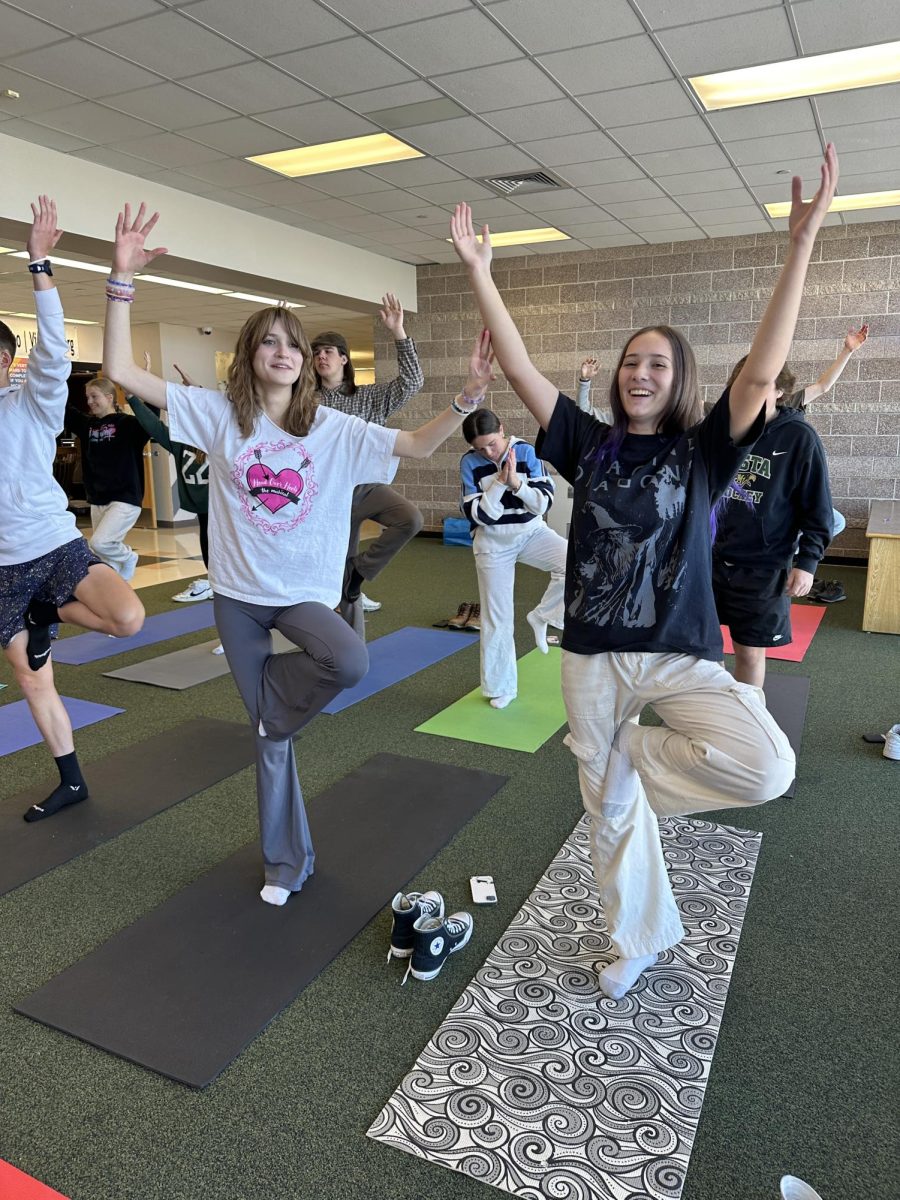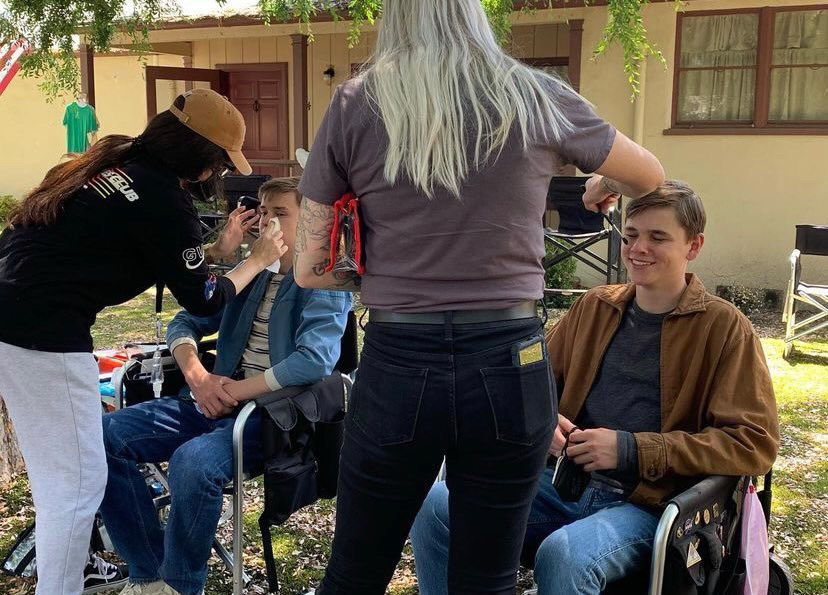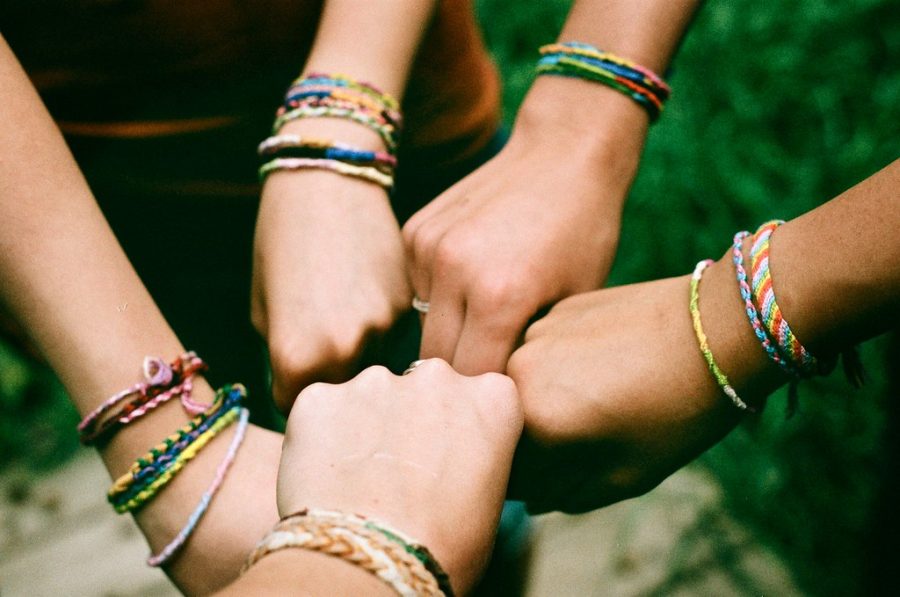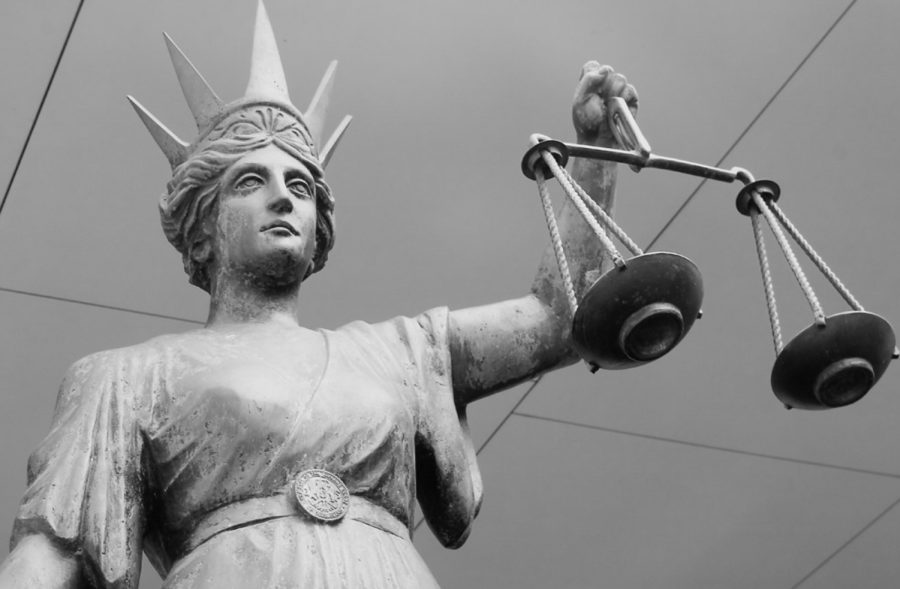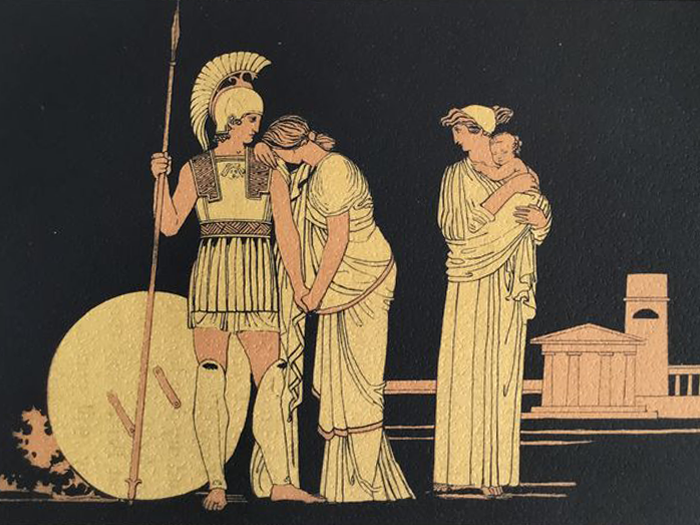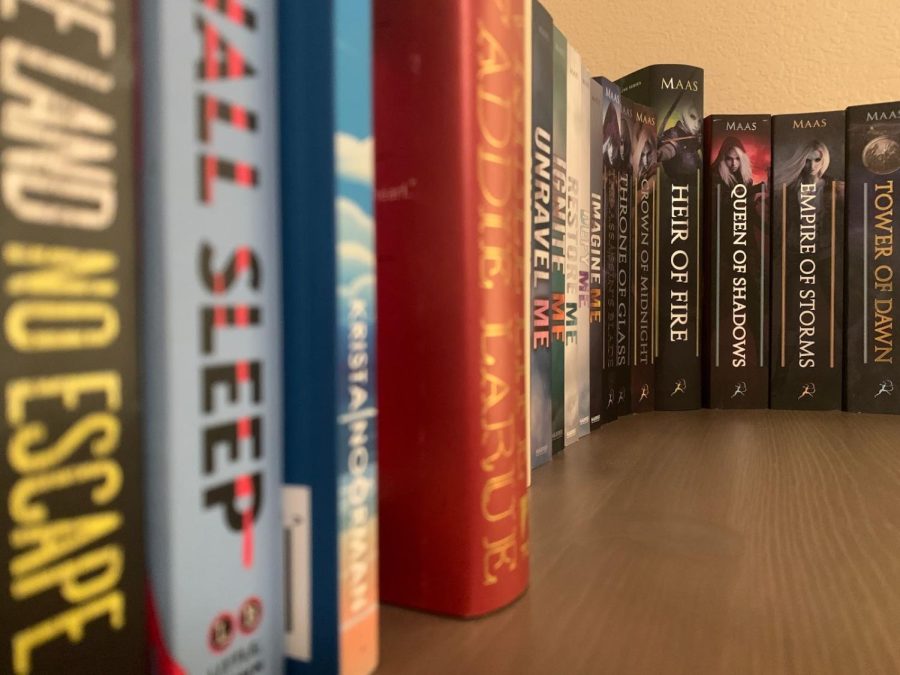This past weekend, a second season of the hit show, 13 Reasons Why, was announced. The show has become a hit amongst age groups because of its widely praised plot line, actors and message. 13 Reasons Why has been commended by some for the way it brings awareness to the issue of suicide. However, there are major issues within the show that contradict how we are taught to recognize and treat suicidal thoughts.
#1. The content concerning Hannah Baker’s suicide becomes too graphic.
There are correct and incorrect ways to demonstrate suicide, and showing a girl slitting her wrists in a bathtub is not the right way. As a matter of fact, it can do more harm than good. The American Foundation for Suicide Prevention has specific guidelines on how to safely portray suicide, without triggering others who may be having suicidal thoughts. Showing this graphic scene could result in more suicidal deaths because of the lack of regard the show triggers. Although parental advisories appear at the beginning of some episodes (only the episodes that show sexual assault and rape), there needs to be more of a warning for suicide because it should not have been so explicitly shown.
#2. It fails to discuss mental illness almost at all throughout the series.
Although it is assumed that Hannah suffers from depression or PTSD (Post Traumatic Stress Disorder), it never explicitly states that she suffers from either one of these illnesses. Mental illness is one of the biggest contributors to suicide and the show chooses to ignore that fact. This lack of consideration may result in people who suffer from mental illness and suicidal thoughts not wanting to treat their illness/es.
#3. The show does not go into depth about Hannah and her “condition”.
13 Reasons Why makes Hannah’s suffering more about drama and her “being attention-seeking”. This gives viewers the impression that all people who commit suicide do it for the attention and drama, which is a very harmful stereotype.
#4. The show simplifies suicide.
Suicide is not a direct result of bullying, sexual assault, etc. The issues behind it are much more complex than the show makes it out to be. The factors all become messy and intertwined together, making it extremely difficult to pinpoint exact events that would make someone commit suicide.
#5. The characters in the show brush off Hannah’s issues when she tries to reach out to them.
This is incredibly discouraging to viewers who are trying to seek help. It makes it seem as though sufferers are always alone, and nobody understands their troubles. The way all of the characters treat Hannah makes suicide and depression become isolated, which can further the issue of it all together. In actuality, nobody is alone in their problems.
#6. Hannah blames others for her death on a wide scale.
In reality, suicide is a choice made by those who commit it, not what someone is made to do. Although sexual assault, bullying, etc. contribute to suicidal thoughts and mental illness, it is never another person’s sole fault for another committing suicide.
#7. The blame and guilt Hannah puts on other characters builds upon the stereotype that all people who commit suicide want drama and attention.
The show gives the idea that suicide is vengeful and the “perfect” way to get back at someone. By releasing the tapes, Hannah is blaming others for her suicide in a very explicit, dramatic way. It makes her suicide seem like publicity rather than a problem. Essentially, suicide is more about feeling hopeless and alone, rather than revenge.
#8. The counselor is a big issue.
When we see Hannah visit her counselor to talk about being assaulted and her recent thoughts, the counselor does not realize that she is at risk for suicide. Instead, he suggests that her rape was her fault and that he can not do anything about it. The way his character handled what was being said was extremely unprofessional and harmful as well. This scene makes viewers think that they should not bother talking to someone if they are hurt or struggling.
#9. The show took little interest in actually providing resources.
There is never any mention of suicide hotlines, or of what to do if someone you know is having suicidal thoughts, or anything of those sorts. It shows little regard for how much the people involved in the show actually want to help the problem, rather than just for publicity.
There are many ways to increase awareness for suicide and help prevent it. There are ways to safely portray suicide and the damage behind it. However, this is not the case with 13 Reasons Why. Yes, the directors and producers did make an attempt to approach the issue, but they did not do enough adequate research to actually help the cause. The show ends up sounding more like a publicity stunt, rather than a way to showcase why some people commit suicide.





